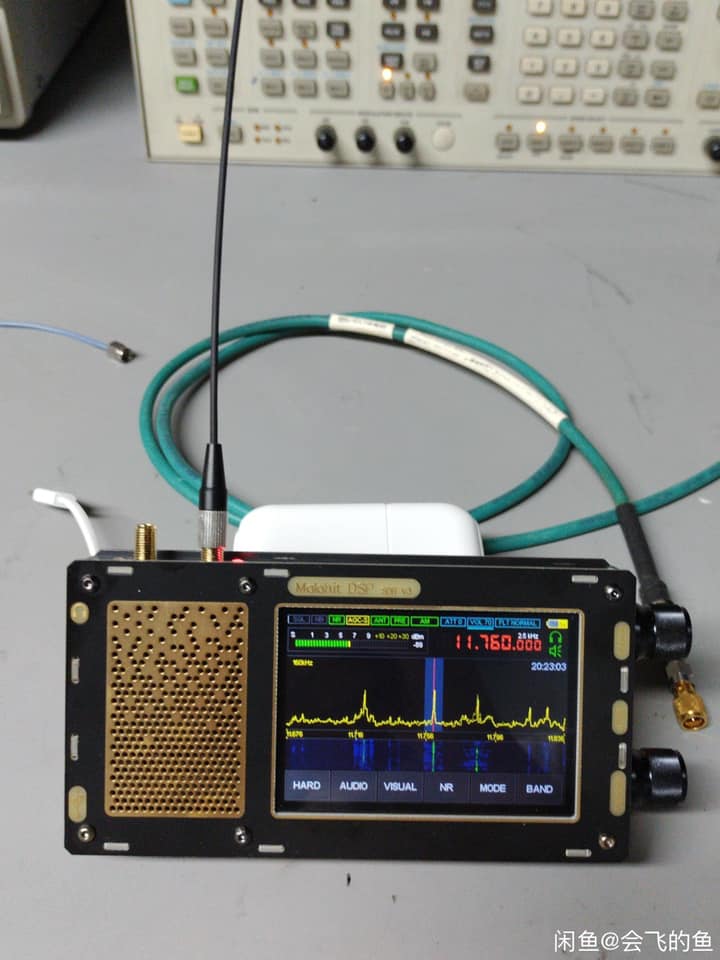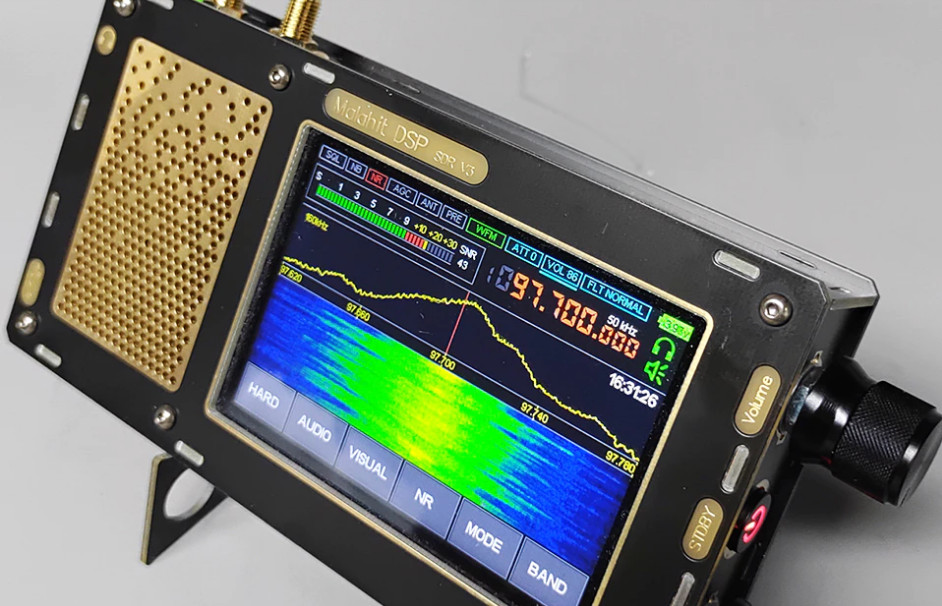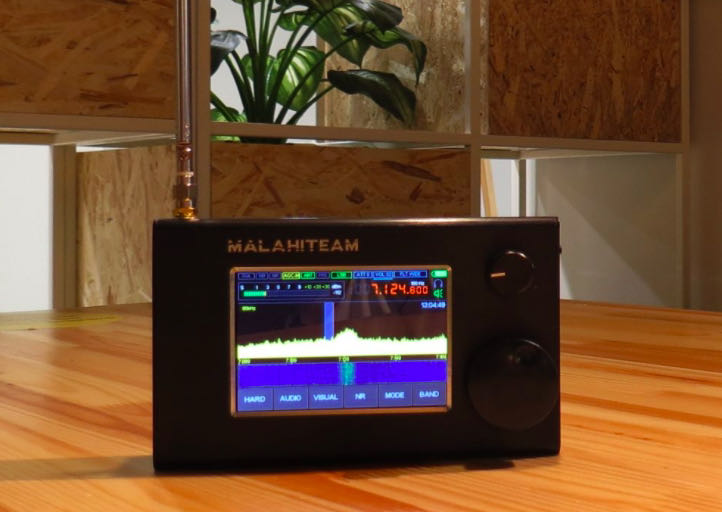Many thanks to SWLing Post contributor, Dan Robinson, for the following guest post:
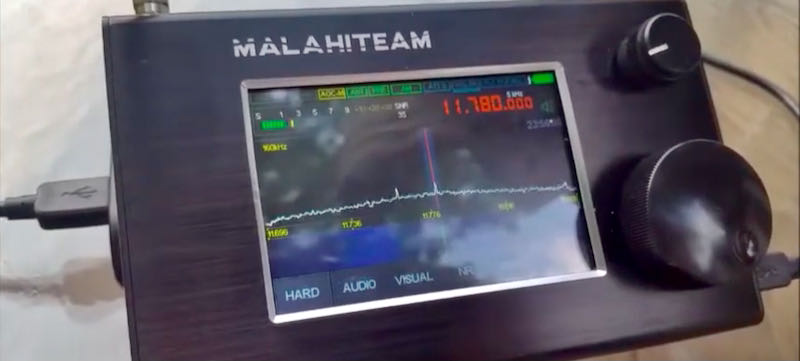
UPDATE: Malahit DSP-2 (July 24, 2021)
RECOMMENDATION: Hold Off Until Issues Are Resolved
I thought it important enough to write this update to my earlier extensive review of the Malahit DSP-2, the second version of the Russia-made receiver. Earlier incremental updates can be seen on the main article.
In concluding my main review, I spoke about being on the Malahit “train” and “roller coaster” – and my experiences since have shown that to be true.
As noted in one the updates, further testing confirmed the observations of Malahit users that when voltage of a 18650B battery drops below 3.7 v the receiver did indeed shut down. And the battery icon was still showing 50%.
Georgiy at the Malahit team confirmed this as a software bug, and in a test firmware update, the voltage issue was, according to him, corrected. The result, in a test firmware upgrade (2.10) could be seen with remaining voltage displayed in the battery icon itself. But I was unable to confirm that this actually resolved the issue of inaccurate voltage displayed before yet another problem emerged.
After performing the update from 2.0 to 2.10 Test firmware (more on that a bit later)
I thought things were fine until I noticed that all signals had vanished from the Malahit. This applied to the strongest signals from U.S. religious broadcasters, and down through FM.
In a combination of Telegram and Skype chats, Georgiy was extremely helpful – we went over seemingly every possible cause for this problem and focused on the SMA cable which from observing conversations online appears to be an issue in some units.
We went to the point of disconnecting the SMA from the PCB to test if anything brought back any level of signal, which it did not. With my basic knowledge of electronics, I believe that some problem may have developed on the PCB – whether that is directly related to the firmware upgrade process remains unknown.
On the firmware, the Malahit-recommended PC app is SMT32CubeProgrammer, which is easily downloadable, and instructions for the firmware update are on the Malahit You Tube channel. The process and app look difficult at first.
But things get interesting, as they always do, in using these Bootloader apps as I have found on several occasions in trying to upgrade my AFEDRI LAN-IQ.
Instructions on the Malahit You Tube channel direct you to power off the radio, then plug in a micro-USB cable to the receiver and to your PC. The rough Russian translation says push in and hold both main and smaller encoder knobs, and then press power either once or 3 times, and then watch for the LED to go off. The LED actually doesn’t really go off– in the process of the firmware update, flashes on and off.
I managed to get through the process of upgrading – it was quite smooth. The test 2.10 firmware according to Georgiy is supposed to correct the issue with voltage readings, though again I was unable to test this fully because my DSP-2 quite literally went quiet over its entire range.
As of now, and despite the best efforts of Georgiy which I appreciate, I have a dead DSP-2. Whether signal loss was due to some issue with the SMA connector, or whether the firmware process (I reverted back to 2.0 after noticing the signal loss) itself caused something on the PCB to fail, remains unknown.
Given all of this new information, and though I had made no BUY recommendation on my original review, I would have to advise anyone considering a DSP-2 to hold off for a while until the Malahit team is able to thoroughly iron out all the hiccups with the receiver, whether in firmware or hardware. This includes the question of the SMA connector, and the issue of voltage monitoring.
Based on the conversations that were taking place on Telegram, I would also be urging Malahit team to quickly come up with a clear English translation of the Malahit manual, and to review instructions contained in You Tube videos showing the firmware upgrade process.
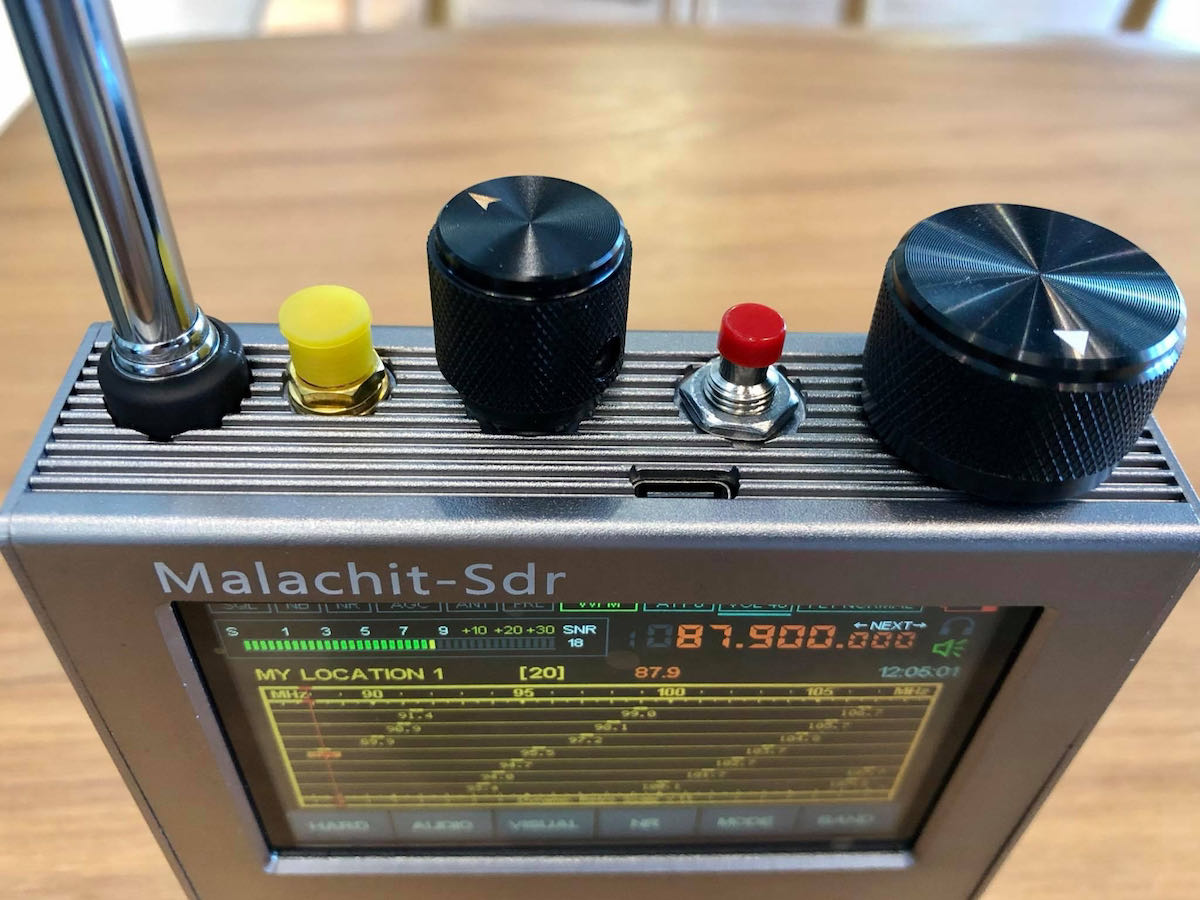 Two Chinese Clones: A Look at Noise Levels
Two Chinese Clones: A Look at Noise Levels
